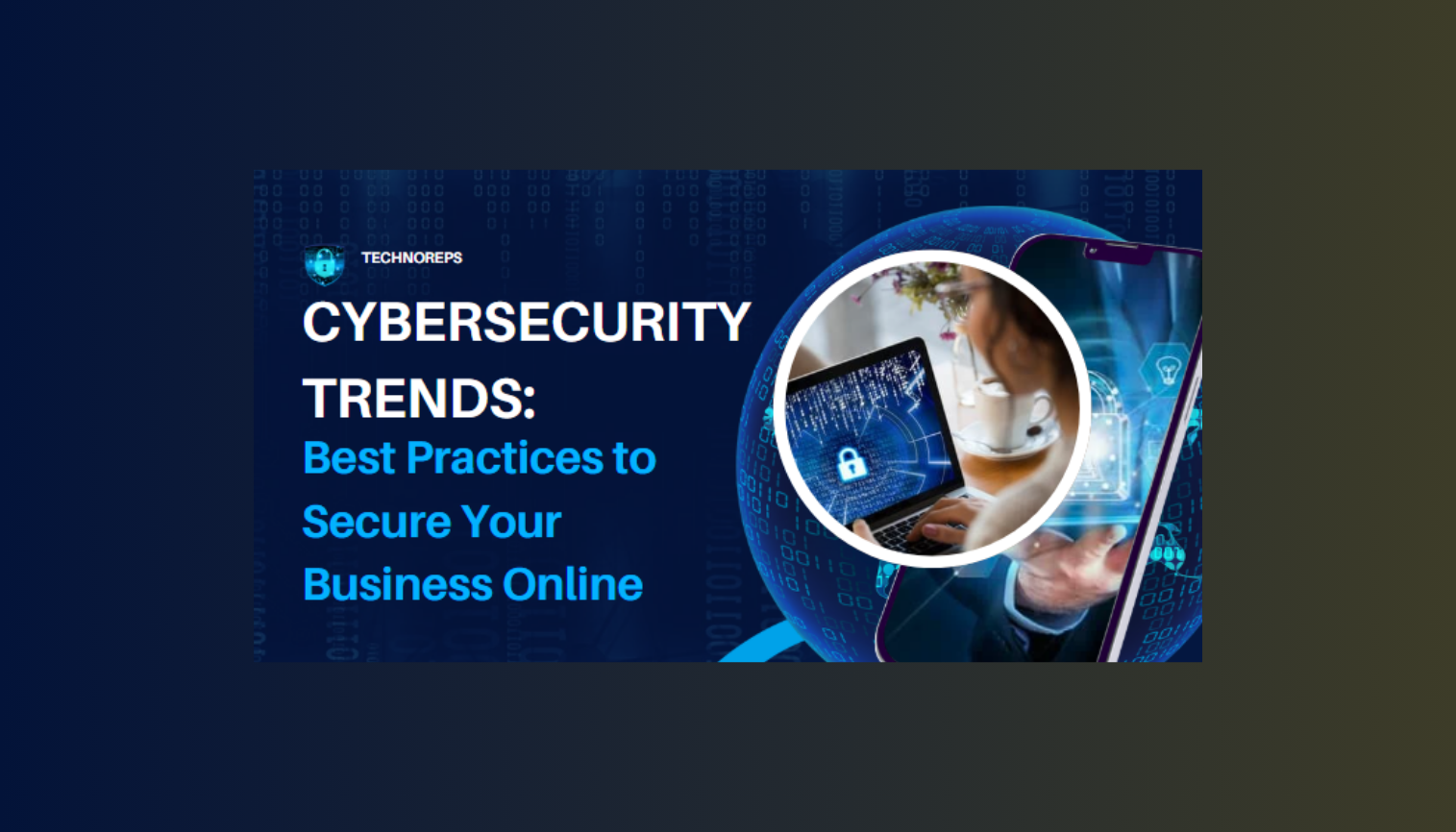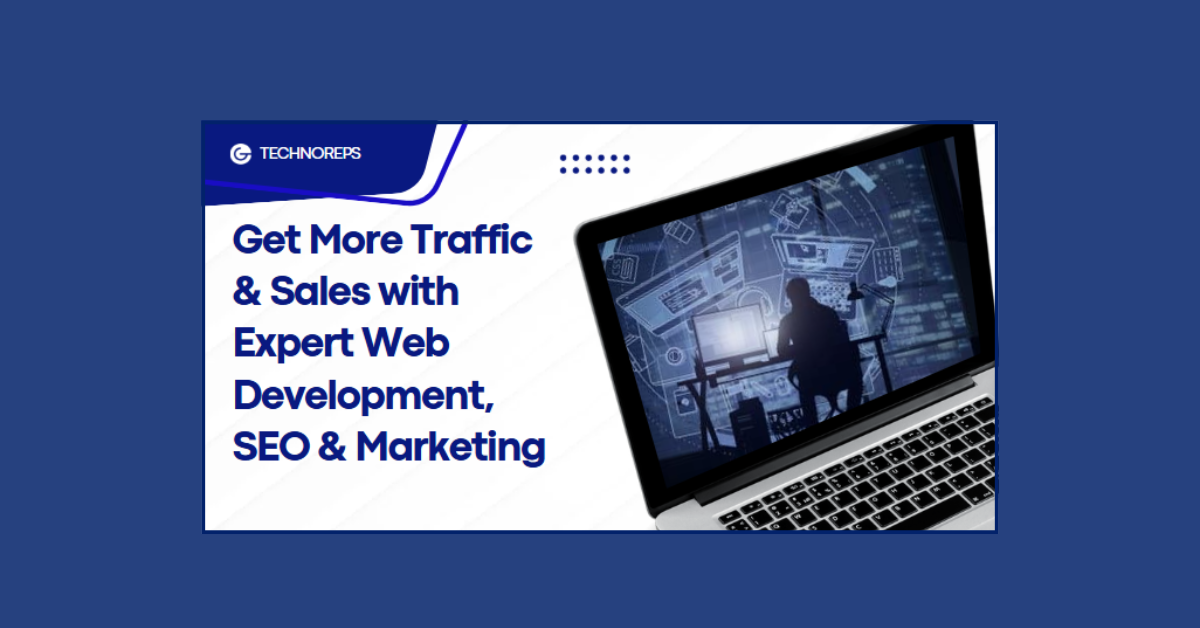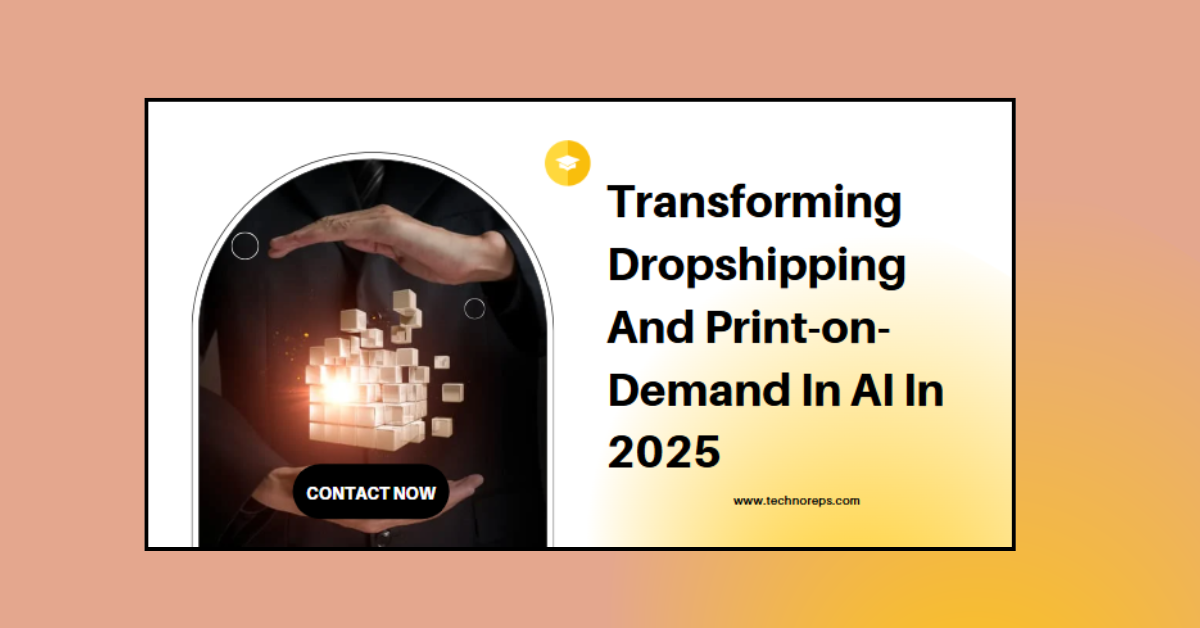In 2025, cybersecurity threats are evolving faster than ever, making it crucial for businesses to stay ahead of the latest trends. From AI-driven cyberattacks to zero-trust security models, companies must adopt proactive strategies to protect sensitive data and maintain customer trust. This guide explores the top cybersecurity trends for 2025 and how you can safeguard your business from emerging threats.
1. AI-Powered Cybersecurity

Artificial intelligence (AI) is transforming cybersecurity, both as a defensive tool and a weapon for cybercriminals. Businesses must leverage AI-driven security systems to detect threats in real-time and automate responses to cyberattacks.
Key Benefits:
- AI algorithms analyze vast amounts of data to identify unusual patterns.
- Machine learning enhances threat detection accuracy over time.
- Automated response systems reduce human error in cybersecurity operations.
📌 Read More: AI in Cybersecurity – How It’s Changing the Game
2. Zero-Trust Security Model
The zero-trust model operates on the principle of “never trust, always verify.” Instead of assuming users within a network are safe, businesses must continuously authenticate access requests.
Best Practices:
- Implement multi-factor authentication (MFA) for all logins.
- Use identity and access management (IAM) solutions.
- Monitor and log all access requests and activities.
📌 Read More: Understanding the Zero Trust Security Model
3. Rise of Ransomware Attacks
Ransomware attacks are becoming more sophisticated, targeting businesses of all sizes. These attacks encrypt company data, demanding payment for its release.
How to Protect Your Business:
- Regularly back up data to secure, offline locations.
- Educate employees about phishing attempts and suspicious links.
- Deploy endpoint protection software to detect ransomware threats.
📌 Read More: How to Prevent Ransomware Attacks
4. Strengthening Cloud Security
With more businesses migrating to the cloud, securing cloud-based data is critical. Misconfigured cloud settings and weak authentication methods are common vulnerabilities.
Cloud Security Strategies:
- Use end-to-end encryption for data storage and transmission.
- Enable role-based access controls (RBAC).
- Conduct regular cloud security audits.
5. Cybersecurity Regulations and Compliance
Governments worldwide are tightening cybersecurity regulations to protect consumer data. Businesses must comply with frameworks like GDPR, CCPA, and ISO 27001 to avoid penalties and strengthen trust.
Steps to Ensure Compliance:
- Stay updated on global cybersecurity laws.
- Implement policies for data protection and privacy.
- Conduct regular compliance audits and risk assessments.
6. IoT Security Challenges
The rise of Internet of Things (IoT) devices introduces new cybersecurity risks, as many connected devices lack robust security protocols.
How to Secure IoT Devices:
- Change default passwords on all IoT devices.
- Use network segmentation to isolate IoT systems.
- Keep firmware and software updated.
7. Employee Cybersecurity Training
Human error remains a leading cause of cyber breaches. Regular training and awareness programs can significantly reduce risks.
Training Focus Areas:
- Recognizing phishing scams.
- Safe password management.
- Handling sensitive company data securely.
Conclusion
As cyber threats continue to evolve, businesses must stay proactive in securing their digital assets. By adopting AI-driven security measures, implementing zero-trust policies, and educating employees, you can protect your business from emerging cybersecurity risks in 2025.
💡 Stay Updated: Keep following the latest cybersecurity developments to ensure your business remains resilient against threats.
📢 Need Help? Contact us for a cybersecurity consultation and strengthen your business’s online defenses today!






